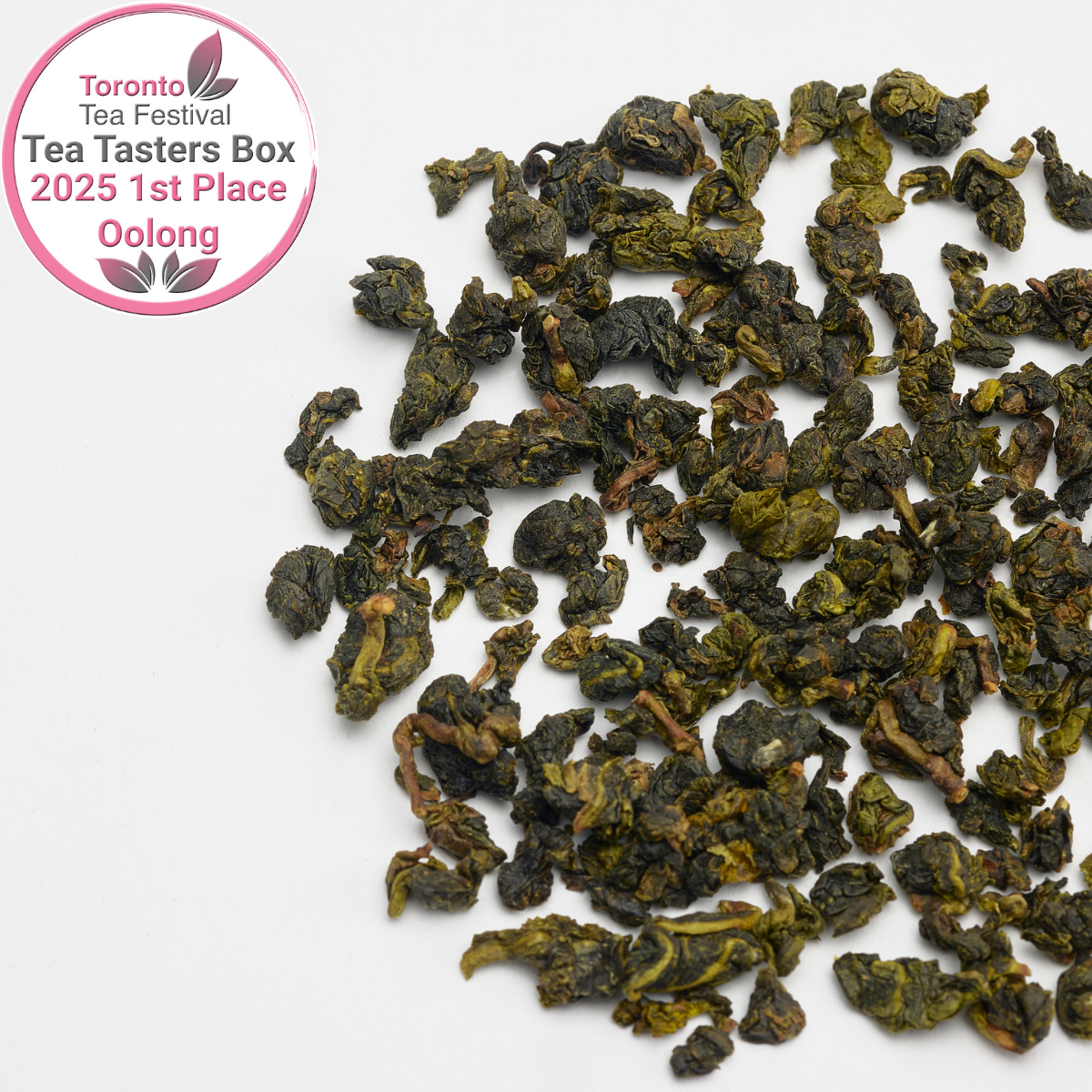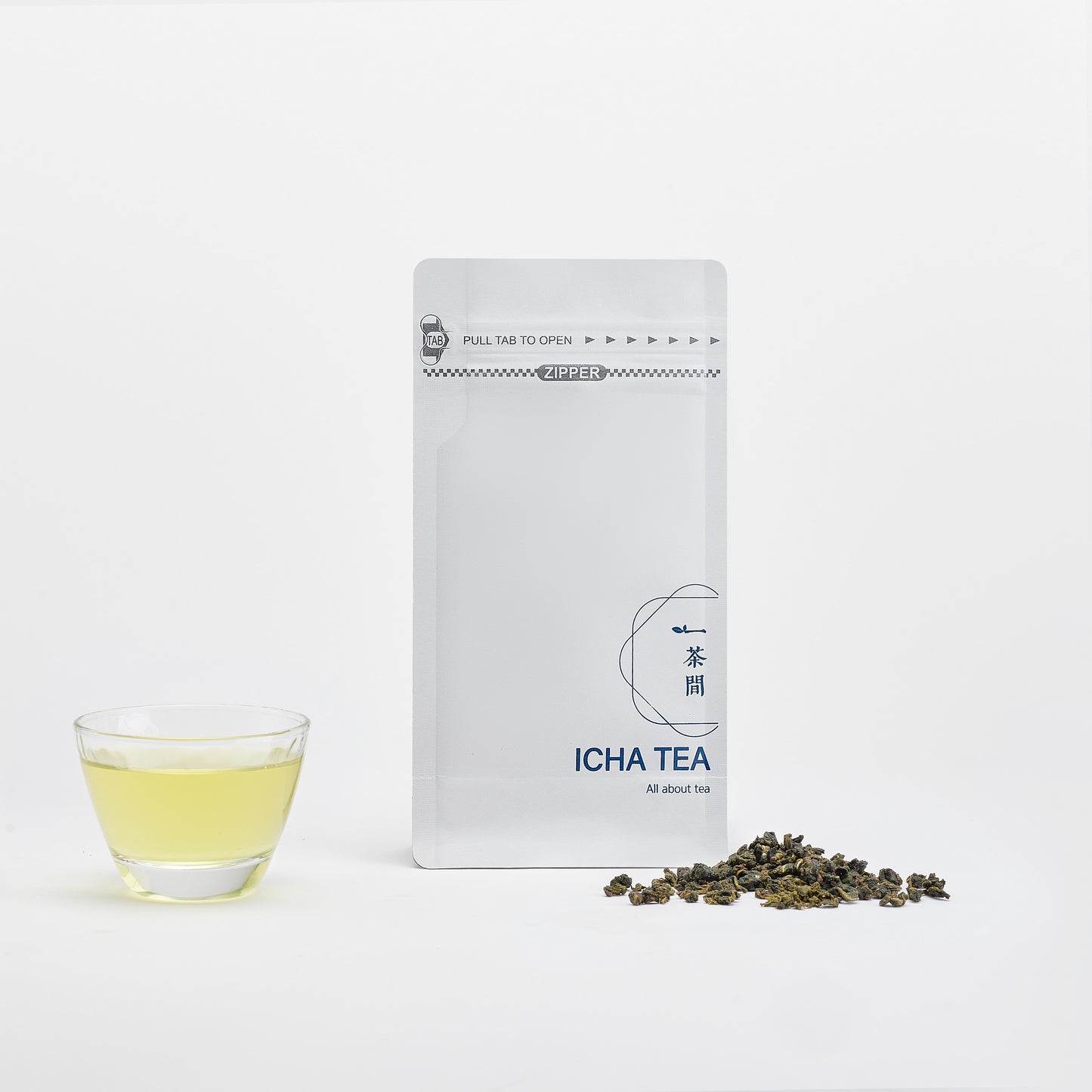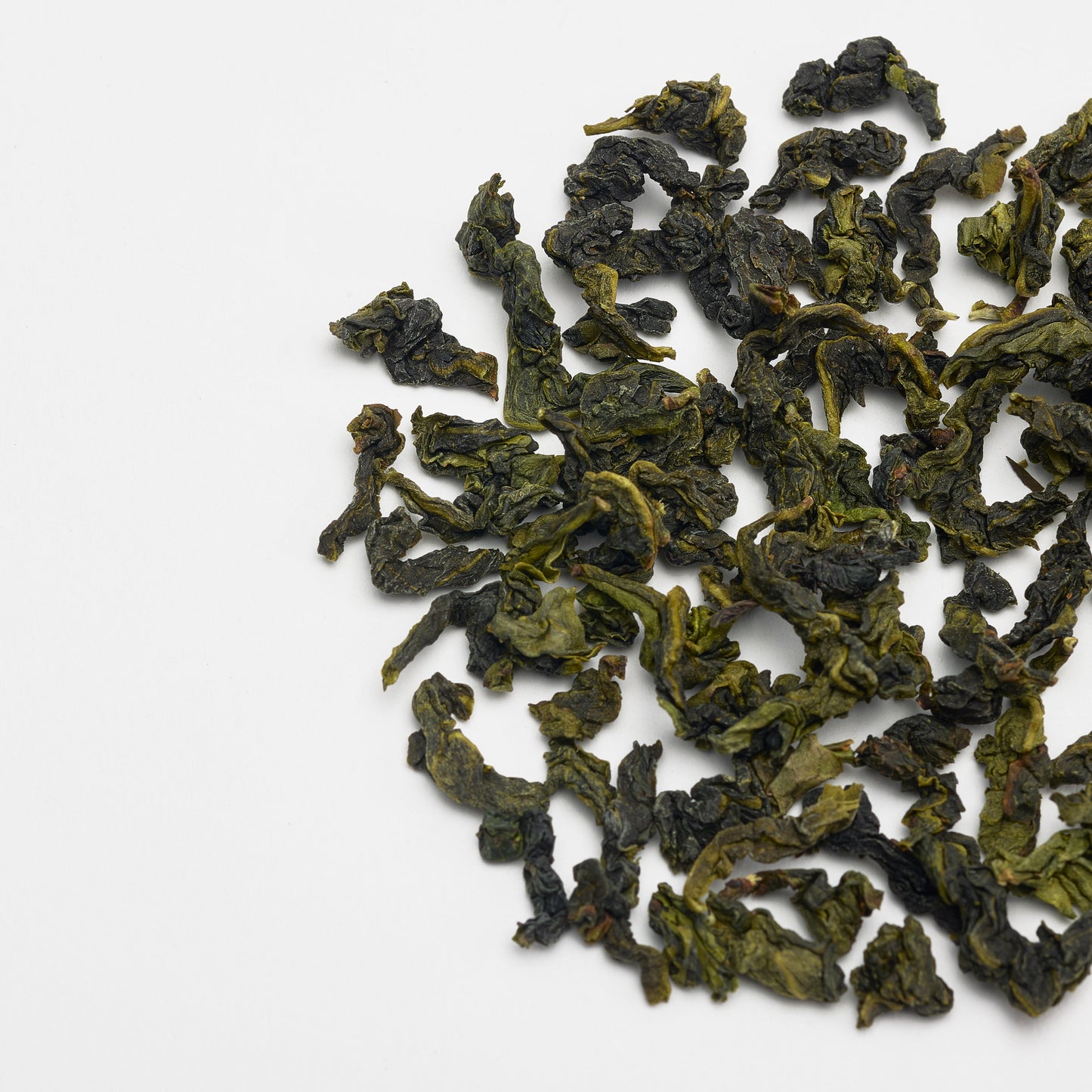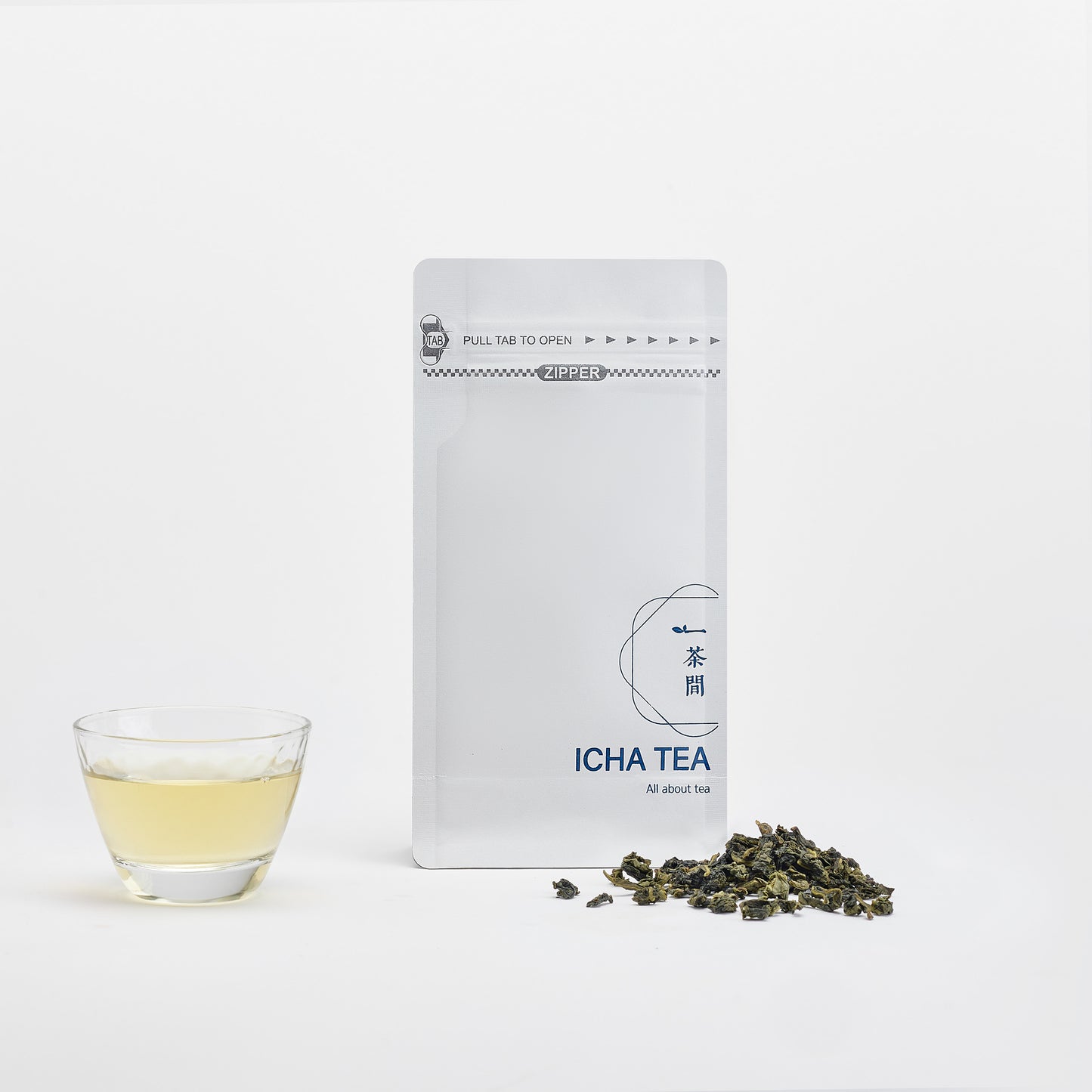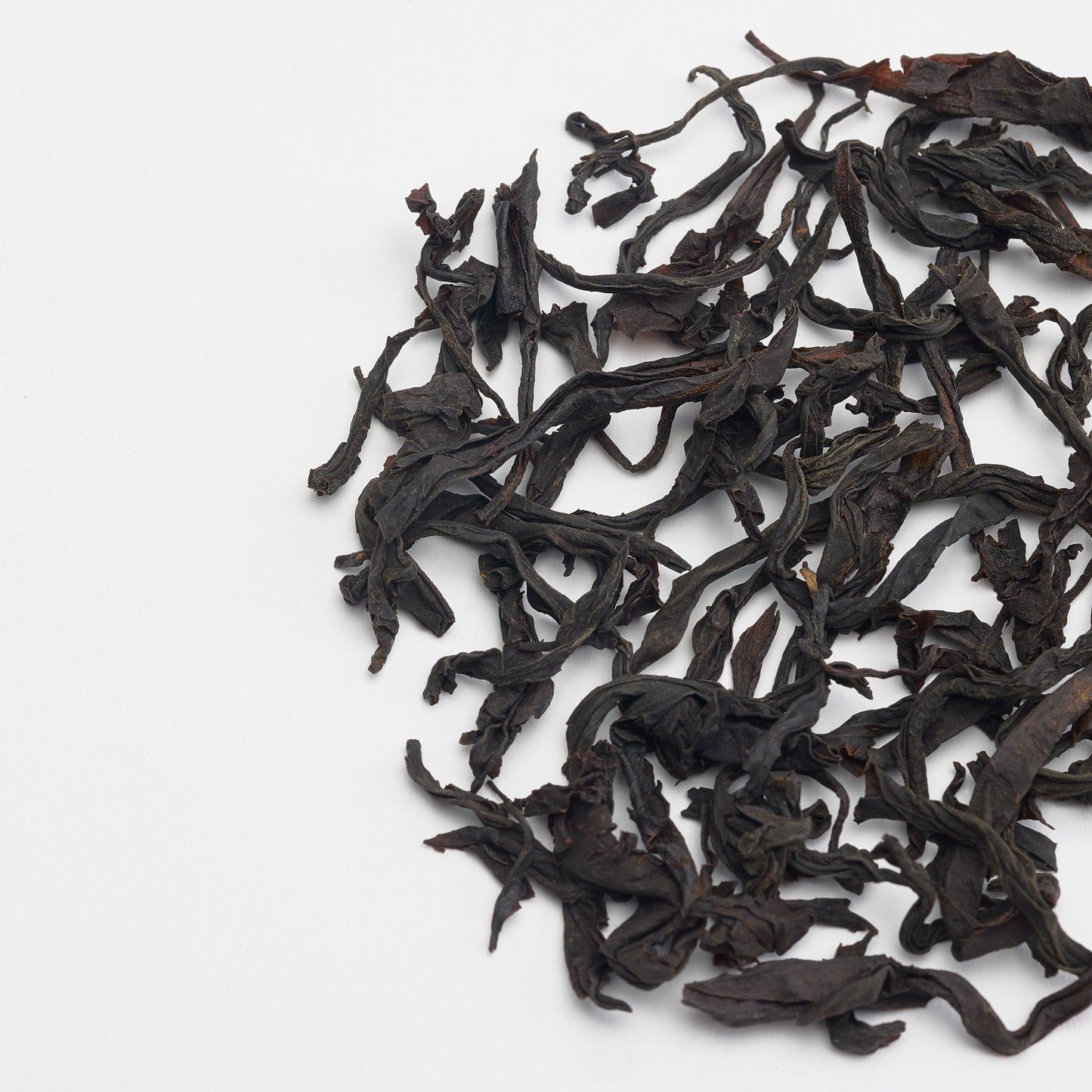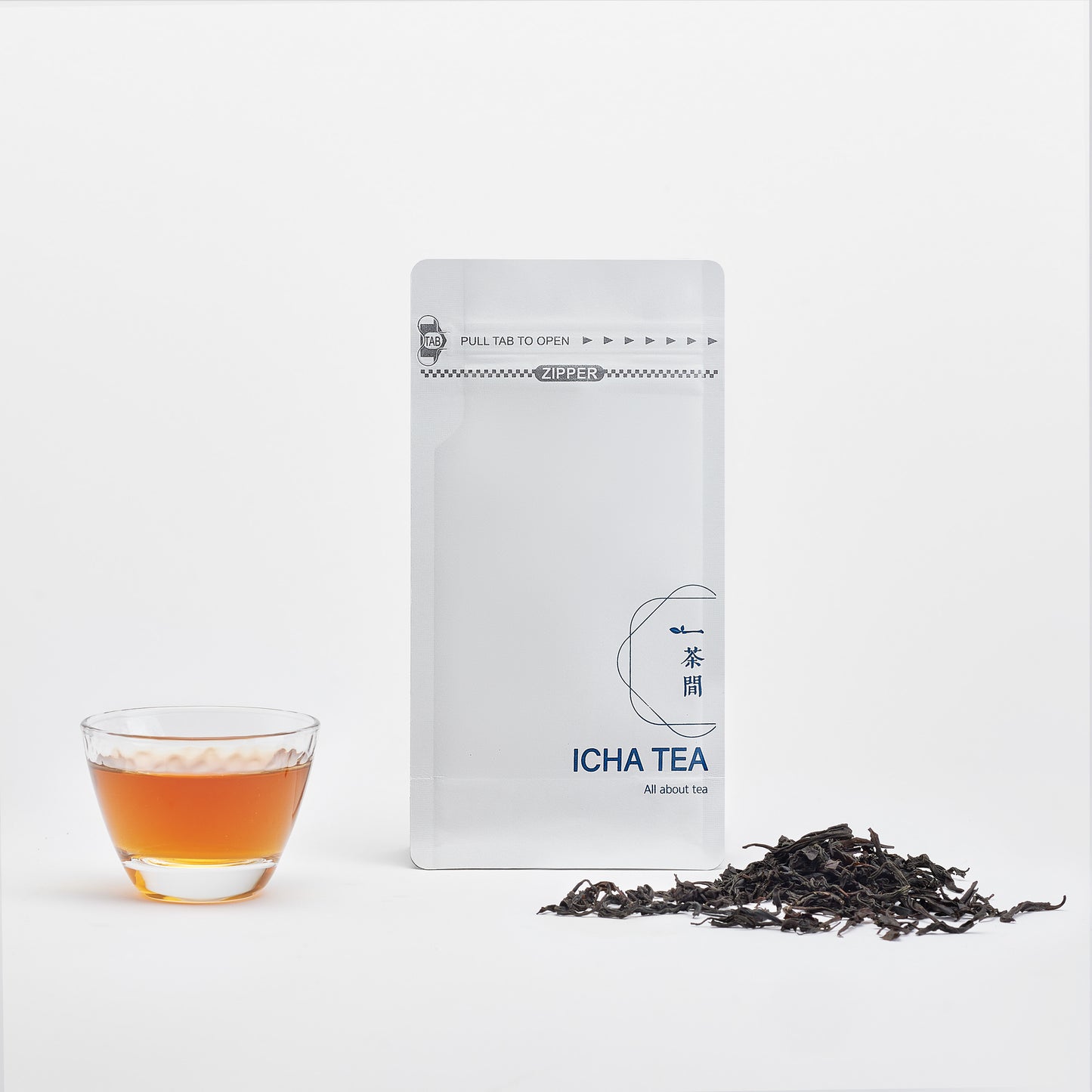
The Seasonal Rhythm of Chinese Tea Harvests
Have you ever wondered why some Chinese teas are priced ten times higher than others that appear nearly identical? The secret often lies not in what you see, but when it was harvested. Just a few weeks' difference in picking time can dramatically transform a tea's flavour, aroma, availability, and value.
For centuries, Chinese tea cultivation has followed the natural rhythm of seasons, with each harvest period yielding leaves with distinct characteristics and qualities. While many tea drinkers are familiar with the terms "first flush" and "second flush" as they apply to Darjeeling teas from India, these concepts are equally important, although usually differently expressed in the world of Chinese teas. Instead of "first, second or third flush."
Understanding the difference between early spring and later harvests can transform your appreciation of fine Chinese teas and help explain why certain harvests command significantly higher prices. This knowledge is particularly valuable when exploring premium teas like our 2025 Pre-Qing Ming Bi Luo Chun and 2025 Pre-Qing Ming Da Fo Long Jing.
Chinese Tea Harvest Periods
In tea terminology, "flush" refers specifically to the new growth or young shoots of the Camellia sinensis plant that are harvested for processing. While the flush designation originated and became famous with Darjeeling teas (particularly those lighter black teas that established Darjeeling's global reputation), every tea-producing culture has its own terminology and classification for these seasonal harvests.
In China, spring teas are known as "Tóu Chūn" (头春), literally meaning "first spring." These highly prized harvests occur before and between the Qing Ming and Gu Yu solar terms, marking the beginning of warmer temperatures and the onset of the rainy season. Similarly, Japanese tea culture celebrates "Shincha" (新茶, literally "new tea") for their spring harvests. Each region's unique terminology reflects a universal appreciation for the special qualities of these seasonal pickings.
In China, tea harvests are traditionally divided according to the agricultural calendar, which follows solar terms rather than fixed dates. For green teas especially, the timing of harvest is crucial to the final character of the tea.
Early Spring Harvest - First Flush
The first harvest of the year in China typically occurs between late February and early April, depending on the region, elevation, and weather conditions. This period includes the highly esteemed Pre-Qing Ming harvest, which we'll explore in detail below.
Key characteristics of early spring harvests or first flush Chinese teas include:
- Tender, young buds, and leaves
- Higher concentration of amino acids
- Delicate, fresh flavor profiles
- Often sweeter with less astringency
- Vibrant, complex aromatics
- Higher price points reflecting their limited availability
Late Spring to Early Summer - Second Flush
Following the first flush, the second harvest typically takes place from late April through June. These teas develop after the tea plants have had more time to grow and mature.
Second flush or late spring/early summer Chinese teas generally feature:
- More mature leaves with fuller development
- Higher polyphenol content
- Stronger, more robust flavor
- Deeper colour in the infusion
- Greater body and lasting finish
- Often better value for everyday drinking

The Significance of Pre-Qing Ming Harvest
Among connoisseurs of Chinese tea, few designations carry as much prestige as "Pre-Qing Ming" (明前茶, Ming Qian Cha). This term refers to teas harvested before the Qing Ming Festival (Pure Brightness Festival), which falls on April 4th or 5th each year.
Historical and Cultural Significance
The Qing Ming Festival marks an important solar term in the traditional Chinese calendar. It's a time when families honour their ancestors, but it also signifies an important agricultural transition which is the official beginning of spring planting season.
For tea, this timing is crucial. The festival serves as a natural dividing line between the most premium early spring teas and those harvested later. Historically, Pre-Qing Ming teas were so valued that they were presented as a tribute to Chinese emperors.
What Makes Pre-Qing Ming Teas Special
Our 2025 Pre-Qing Ming Da Fo Long Jing exemplifies why these early-season teas are treasured:

- Exclusive Growth Conditions: The tea plants develop their first buds after winter dormancy, drawing on nutrients stored throughout the winter.
- Limited Production: The cooler temperatures mean slower growth and limited quantities, creating natural scarcity.
- Distinctive Composition: These young leaves contain higher concentrations of amino acids (particularly theanine) and lower levels of catechins compared to later harvests.
- Exceptional Taste Profile: This unique biochemical composition translates to a sweeter nutty, rich flavour with minimal astringency or bitterness.
The difference is particularly noticeable in green teas like our Pre-Qing Ming Bi Luo Chun, where the processing preserves these delicate compounds rather than transforming them through oxidation as with oolong or black teas.
Comparing Flavour Profiles
The harvest timing creates notable differences in the tea experience:
Early Spring First Flush/Pre-Qing Ming Teas
When you brew our 2025 Pre-Qing Ming Bi Luo Chun, you'll notice:

- Lighter, more delicate liquor
- Pronounced floral and vegetable notes
- Sweet, fresh spring character
- Complex aromatic profile
- Smoother mouthfeel with minimal astringency
- Subtle, lingering sweetness
Summer Second Flush Teas
Later harvests generally provide:
- Deeper coloured infusion
- More robust vegetal character
- Increased astringency and body
- More pronounced "green tea" classic flavour
- Greater durability through multiple infusions
- Often more affordable pricing
Processing Differences
The processing of early spring first and late spring/summer second flush teas in China also varies, though not as dramatically as with Darjeeling teas:
-
Earl Spring First Flush processing: Typically more gentle to preserve the delicate character of the tender leaves. For green teas like Long Jing and Bi Luo Chun, lower temperature firing is often employed.
-
Late Spring/Summer Second Flush processing: May involve slightly higher firing temperatures or longer pan-firing to manage the more robust leaf material. This helps control astringency while developing desired flavour profiles
Which is Better: Early Spring First or Summer Second Flush?
Like many aspects of tea appreciation, this comes down to personal preference rather than objective superiority. Consider these factors when deciding:
Reasons to Choose Early Spring First Flush or Pre-Qing Ming
- You appreciate delicate, subtle, nuanced flavours
- You enjoy detecting subtle aromatic complexities
- You're looking for a tea with minimal astringency
- You're interested in experiencing the most prestigious expression of a tea
- You're willing to pay a premium for these qualities and the limited availability
Reasons to Choose Late Spring/Summer Second Flush
- You prefer more robust flavour profiles
- You enjoy a stronger, more lasting finish
- You're looking for excellent everyday drinking tea
- You appreciate good value in your tea purchases
- You want a tea that can withstand multiple infusions with consistent strength

A Matter of Seasonal Appreciation
The distinction between early spring first flush and late spring/summer second flush teas invites us to pay attention to tea's seasonal nature. Just as we appreciate different fruits in their peak seasons, different tea harvests offer windows into the plant's annual cycle.
For the true tea enthusiast, trying both early and later harvests of the same tea can be an educational and delightful experience that deepens one's tea appreciation.
We suggest that rather than debating which is "better," perhaps we should simply appreciate each for its unique qualities and the different experiences they offer. After all, the beauty of tea lies in its infinite variety and the way it connects us to nature's rhythms.

